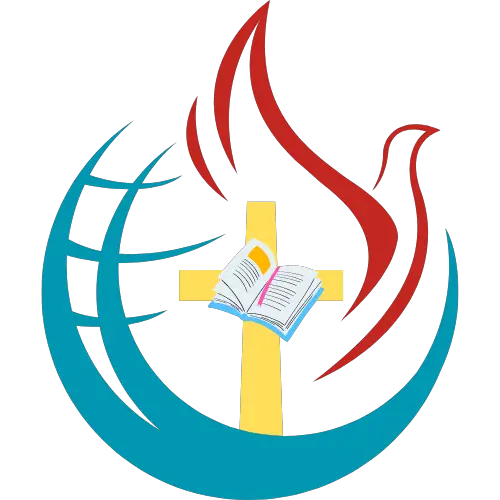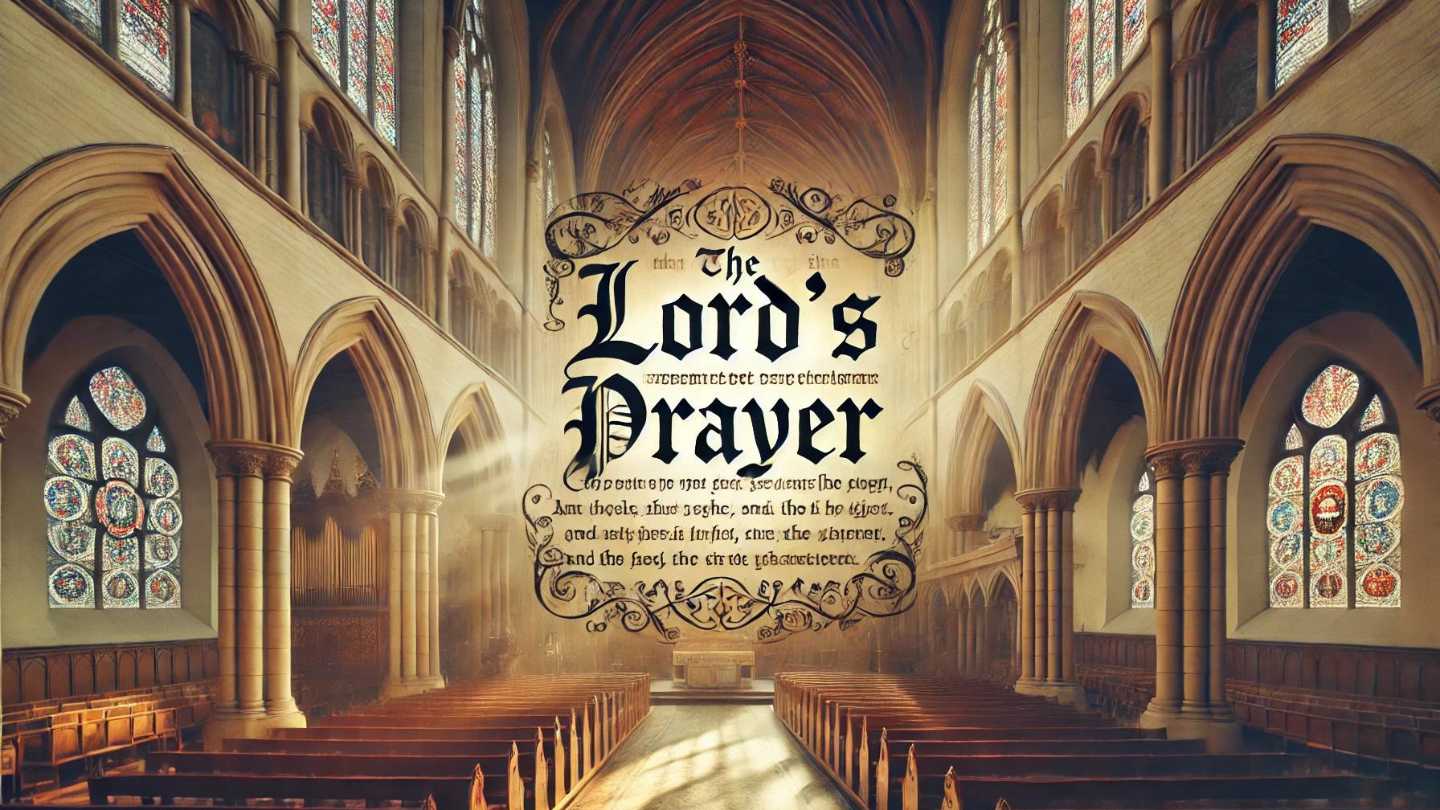The Lord’s Prayer, also known as the “Our Father,” holds a unique place in the hearts of Christians worldwide. Rooted in the teachings of Jesus Christ, this prayer is universally revered across Christian denominations, serving as a profound symbol of unity and shared faith. Despite the diverse theological perspectives and liturgical practices within Christianity, The Lord’s Prayer stands as a powerful ecumenical bridge, fostering a sense of collective spiritual identity.
Historical Significance
The origins of The Lord’s Prayer are found in the Gospels of Matthew (6:9-13) and Luke (11:2-4). According to the Gospel accounts, Jesus taught this prayer to His disciples as a model for how to pray. Its concise and profound words encapsulate essential aspects of Christian belief, including the reverence for God, the coming of His kingdom, the provision of daily needs, the importance of forgiveness, and the plea for spiritual guidance.
Ecumenical Harmony
Shared Liturgical Practice: The recitation of The Lord’s Prayer is a common element in the liturgies of virtually all Christian denominations. Whether in Roman Catholic Mass, Eastern Orthodox Divine Liturgy, Anglican services, or Protestant worship gatherings, this prayer is a cornerstone of communal prayer. This shared practice reinforces the prayer’s role in uniting Christians despite doctrinal differences.
A Common Language: The Lord’s Prayer transcends linguistic and cultural barriers. While it is recited in numerous languages around the world, the essence and structure of the prayer remain consistent. This commonality provides a sense of connection and solidarity among Christians from diverse backgrounds.
Theological Unity: The Lord’s Prayer encapsulates core Christian doctrines that resonate across denominational lines. The acknowledgment of God’s holiness, the plea for His will to be done, the request for sustenance, forgiveness, and protection from evil are universal Christian themes. These elements create a theological foundation that bridges gaps between different Christian traditions.
Promoting Ecumenical Dialogue
Interdenominational Services: Ecumenical gatherings often feature The Lord’s Prayer as a unifying act of worship. During events such as World Communion Sunday, Christians from various denominations come together to celebrate their shared faith, with The Lord’s Prayer serving as a focal point of collective worship.
Educational Initiatives: Teaching The Lord’s Prayer to children within different denominations emphasizes the shared heritage of the Christian faith. Ecumenical educational programs and Sunday schools can use this prayer as a starting point for fostering understanding and respect among young believers from diverse traditions.
Joint Outreach Efforts: The spirit of The Lord’s Prayer inspires collaborative efforts in social justice, humanitarian aid, and community service. By focusing on common goals such as feeding the hungry, forgiving transgressions, and seeking God’s guidance, Christian denominations can work together to address societal challenges.
Challenges and Opportunities
While The Lord’s Prayer serves as a powerful unifying force, challenges remain in the ecumenical movement. Differences in doctrinal interpretations, liturgical practices, and church governance can create obstacles to full unity. However, The Lord’s Prayer offers a platform for dialogue and mutual respect, providing opportunities for Christians to explore their commonalities and address their differences constructively.
Final Thoughts
The Lord’s Prayer is more than just a set of words but rather a profound expression of faith that unites Christians across denominational lines. Its universal appeal and theological depth make it an essential component of ecumenical efforts, fostering a spirit of unity and shared purpose. As Christians continue to seek common ground and celebrate their diverse traditions, The Lord’s Prayer will remain a cornerstone of ecumenical dialogue and cooperation.
Related Articles
Author

Alona Smith is a devoted follower of Jesus Christ who believes that life’s true purpose is found in knowing Him and making Him known. She is passionate about sharing God’s Word with clarity and compassion, helping others see the beauty of the gospel of grace revealed through the Apostle Paul.
Grounded in Scripture and led by the Spirit, Alona seeks to live out her faith in practical ways—showing kindness, extending forgiveness, and walking in love. Whether serving in her local church, encouraging a friend in need, or simply living as a light in her community, she strives to reflect Christ in both word and deed.






















